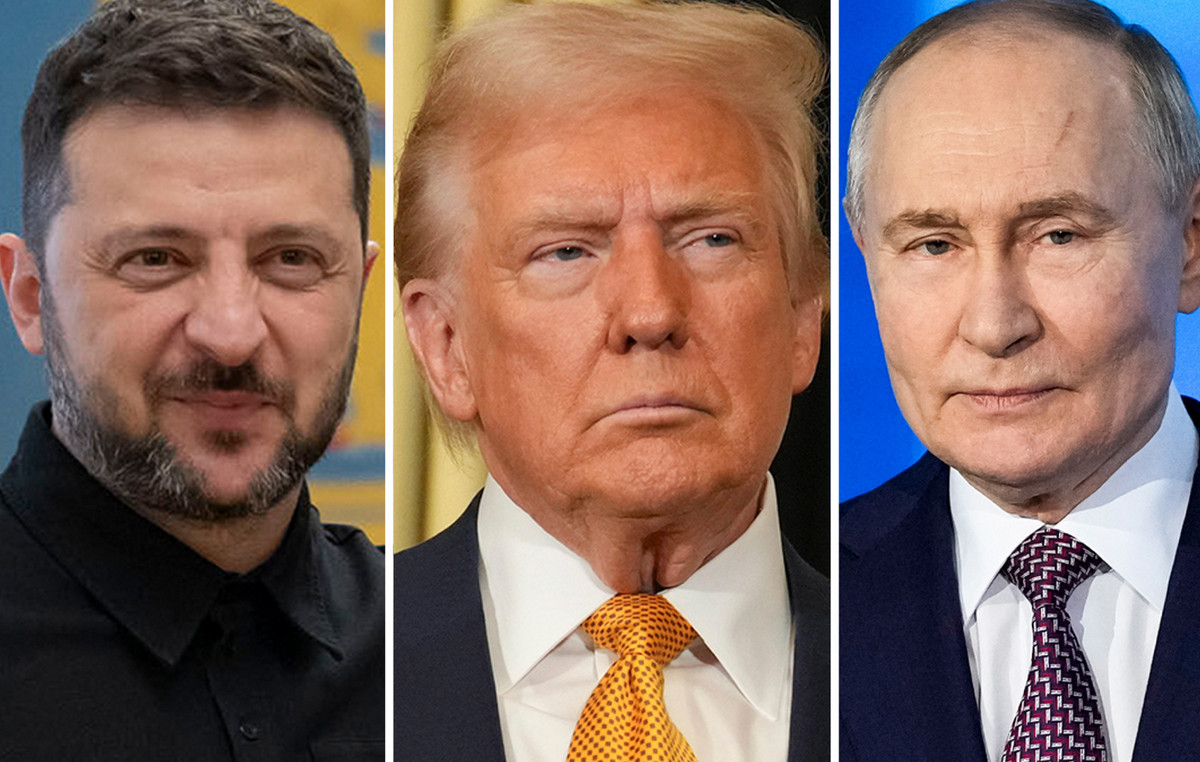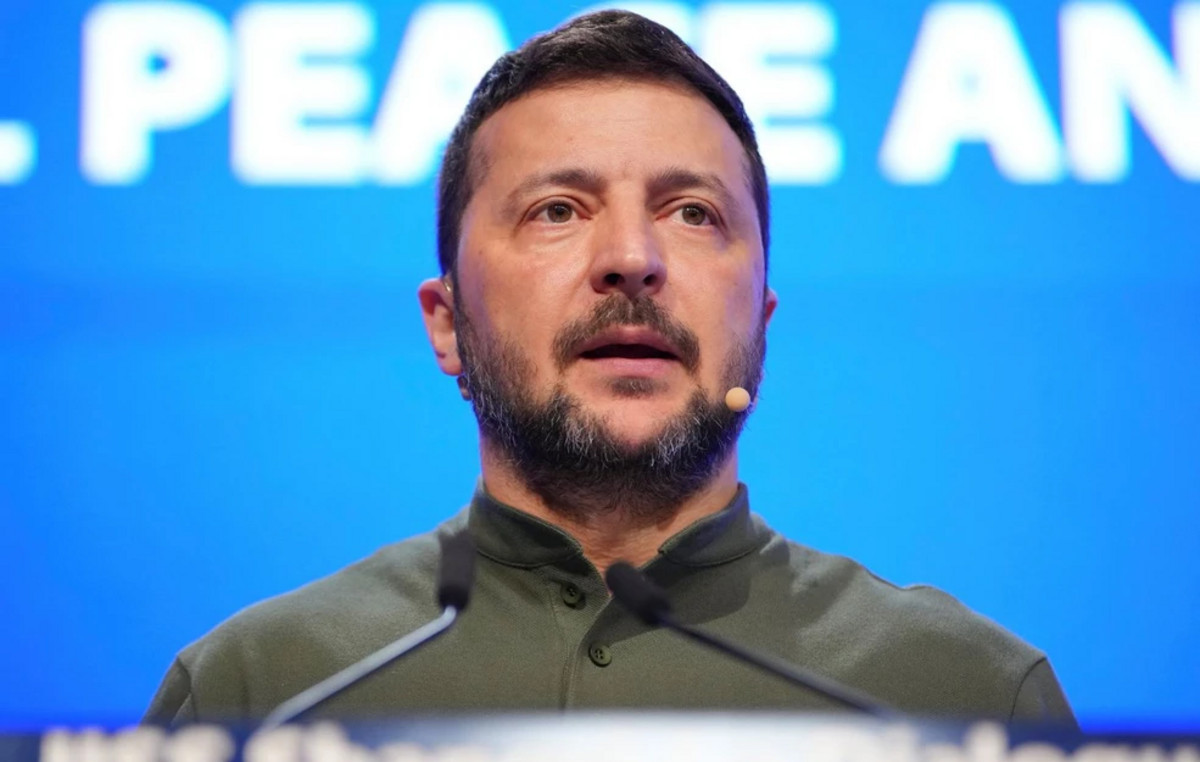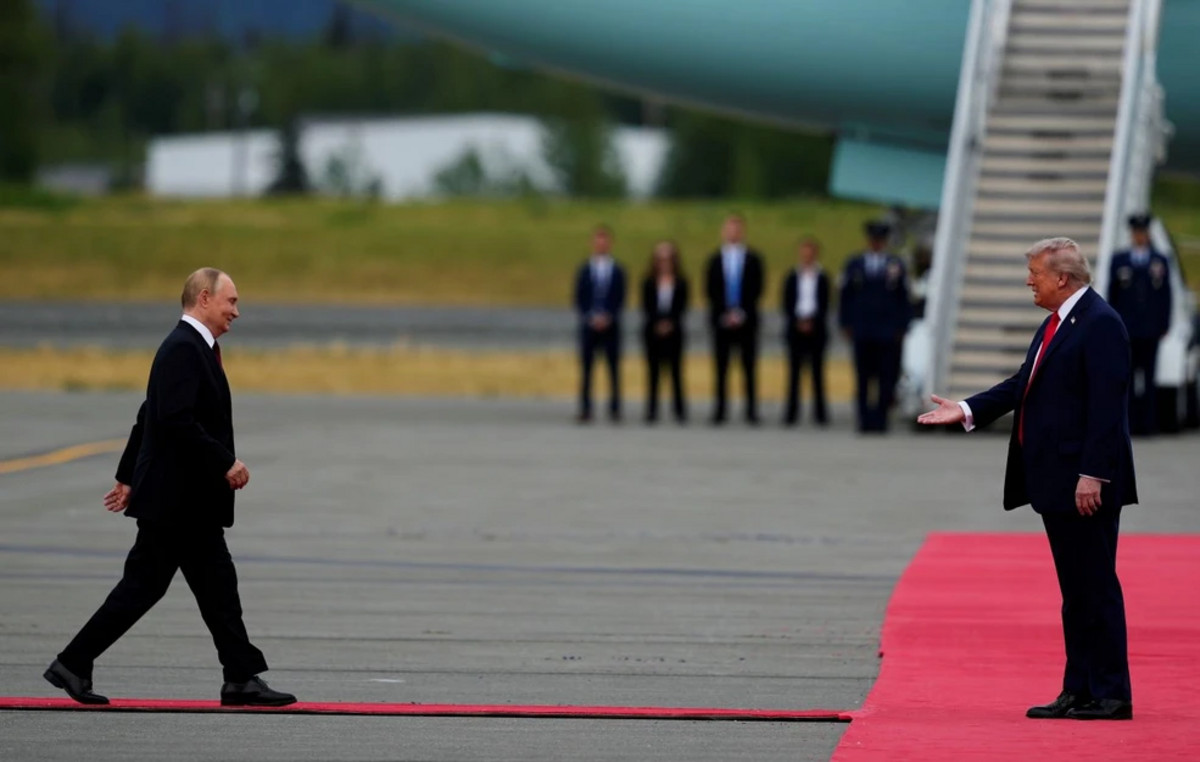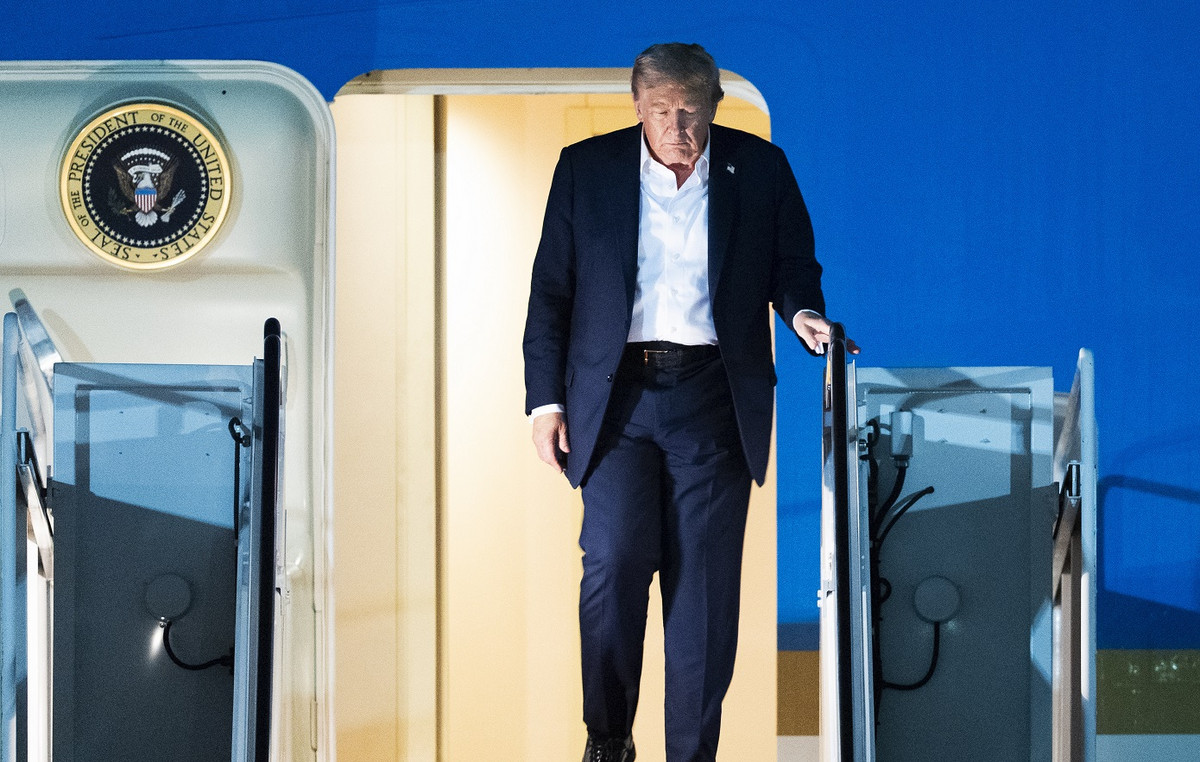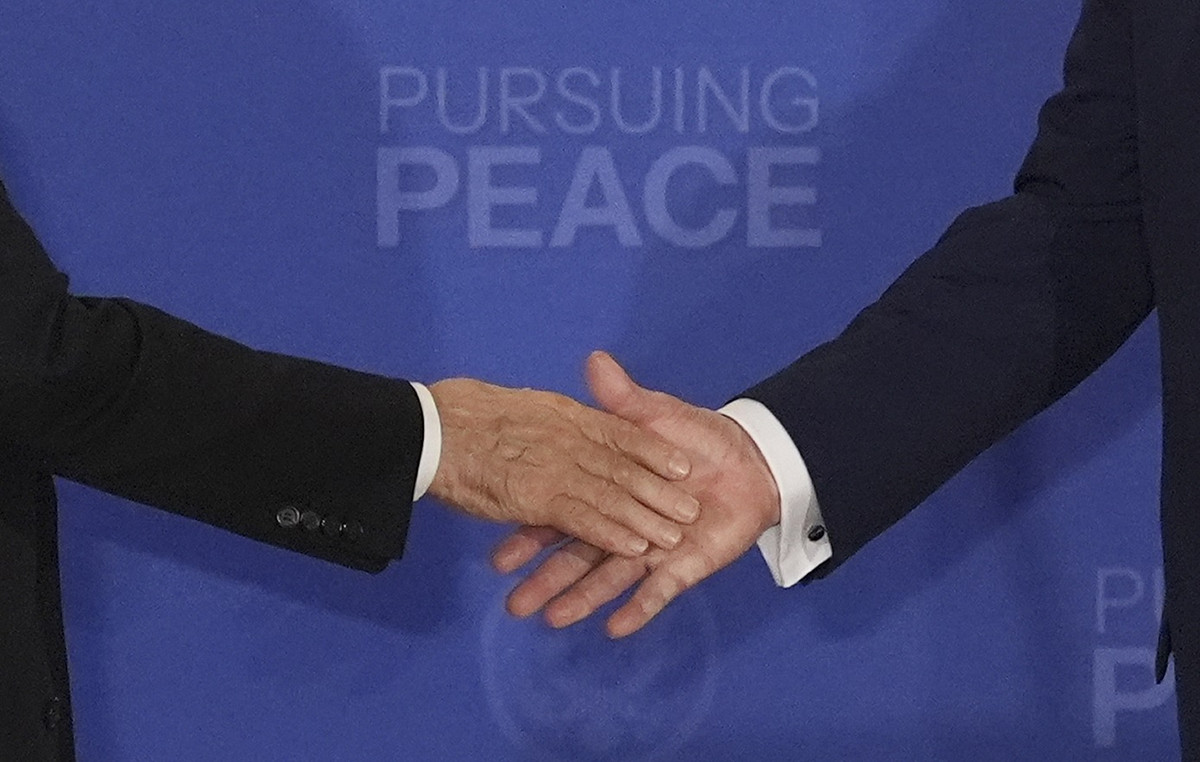Malaria is considered by the World Health Organization (WHO) to be a neglected disease. Diseases of this type are described as endemic in low-income populations and contribute to the maintenance of situations of inequality in the world, according to the WHO definition.
Low investment in scientific research by large companies and pharmaceutical companies widens gaps in diagnosis and treatment. Although it is a preventable and treatable disease, malaria still has harmful impacts on the health of people around the world.
According to the WHO, in 2020, there were an estimated 241 million new cases and 627,000 deaths related to the disease in 85 countries. More than two-thirds of the deaths occurred among children under the age of 5 living in Africa.
This Monday (25th), World Malaria Daythe WHO calls on countries to investments in innovation and technology with the aim of reducing the global burden of disease.
According to the WHO, no tool available today will solve the problem of the disease. Therefore, new approaches to vector control, diagnostics, anti-malarial drugs and other tools are needed to accelerate the pace of progress against malaria.
The WHO warns that despite steady progress in reducing the global burden of malaria between 2000 and 2015, progress has stalled in recent years, particularly in some of the countries most affected by the disease such as those in Sub-Saharan Africa.
“Urgent and concerted action is needed to get the world back on track to achieve the 2030 targets of the WHO’s global malaria strategy,” it said in a statement.
Fiocruz invests in vaccine development
The Oswaldo Cruz Foundation (Fiocruz) participates, through the Leônidas & Maria Deane Institute (Fiocruz Amazônia), in partnership with the Tropical Medicine Foundation (FMT), in a pre-clinical research project of a vaccine candidate for vivax malaria .
The project was approved by the Global Fund for Innovative Health Technology (GHIT) in Japan.
According to the deputy director of Research at Fiocruz Amazônia, Stefanie Lopes, local coordinator of the studies, the foundation has a platform aimed at carrying out tests to test substances, as well as new vaccine formulations for malaria caused by the protozoan. plasmodium vivax.
“It is a work of paramount importance, since one of the major bottlenecks for the control of vivax malaria lies in the existence of a latent stage in the liver, the hypnozoite, which is responsible for the reappearance of the disease without the need for a new bite of the infected mosquito. ,” Stefanie says in a statement.
According to the researcher, the drugs currently available to attack the parasite at this stage, primaquine, and its single-dose substitute, tafenoquine, cannot be used widely due to their side effects in certain people, such as pregnant women and individuals with a type specific enzyme deficiency.
Vaccination advances in Africa
More than 1 million children in Ghana, Kenya and Malawi have already received one or more doses of the world’s first malaria vaccine, according to the WHO.
The malaria vaccine pilot projects, first launched by the Malawi government in April 2019, have shown that the RTS,S/AS01 (RTS,S) vaccine is safe and feasible to administer and that it substantially reduces severe cases. and potentially fatal cases of malaria.
The findings supported the WHO’s October 2021 recommendation for expanded use of the immunizer among children living in environments with moderate to high malaria transmission. The WHO estimates that, if widely deployed, the vaccine could save the lives of an additional 40,000 to 80,000 African children each year.
about malaria
Malaria is a potentially serious infectious disease caused by the parasite of the genus Plasmodium. The protozoan is transmitted to humans by the bite of infected Anopheles mosquitoes.
According to Fiocruz, there are three species of Plasmodium that affect humans in Brazil: P. falciparum, P. vivax and P. malariae. The most aggressive is P. falciparumwhich multiplies rapidly in the bloodstream, destroying 2% to 25% of the total red blood cells and causing severe anemia.
THE prevention includes mosquito control measures, such as the use of mosquito nets, clothes that protect legs and arms, screens on doors and windows, as well as repellents.
In the country, most malaria cases are concentrated in the Amazon region, including the states of Acre, Amapá, Amazonas, Maranhão, Mato Grosso, Pará, Rondônia, Roraima and Tocantins.
According to the Ministry of Health, states in the extra-Amazonian region have few cases. However, there is a high lethality compared to the notifications recorded in the Amazon region.
Like dengue, malaria cannot be transmitted from one person to another. Infection depends on the participation of a vector which, in this case, is the female Anopheles mosquito. Insects are most abundant at dusk and dawn.
The main symptoms of the disease are high fever, chills, tremors, excessive sweating and headache. Without proper treatment, malaria can cause complications such as impaired consciousness, shortness of breath or hyperventilation, seizures, low blood pressure, bleeding and shock.
THE diagnosis can be done by different methods, which include detection of the protozoan that causes the disease or antigens present in the patient’s blood.
THE treatment it is recommended by the doctor and can be performed with the use of pills provided free of charge in units of the Unified Health System (SUS). The medication used varies from case to case, according to factors such as the species of protozoan, age and weight of the patient and other associated conditions such as pregnancy and previous health problems.
According to the Ministry of Health, adequate and timely treatment can lead to the cure of the disease.
Source: CNN Brasil


